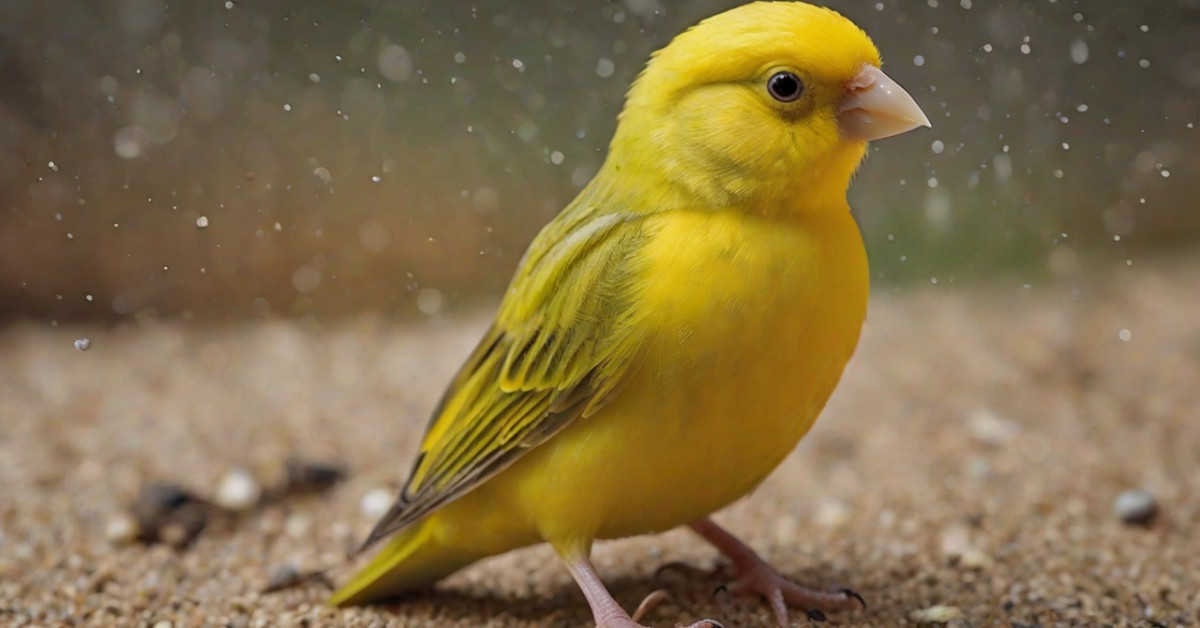The Joy of Keeping Canaries: A Personal Journey
Growing up, my grandmother always had a cheerful canary singing away in the corner of the living room. Its melodious tunes were a permanent fixture of my childhood. Now here I am, years later, with a fine feathered friend of my own—a canary named Oliver. Though it wasn’t all smooth sailing initially, the journey has been rewarding, filled with chirps and high-pitched trills that brighten my day. 🐤
Selecting the Right Canary: A Heartfelt Decision
The very first step in this beautiful journey is selecting the right canary. Believe me, it’s not just about their looks, though they come in various stunning shades—yellow, orange, and even white. When my friend John was choosing his canary, he noticed how important the bird’s energy level was. He once brought home a lethargic, non-singing bird, and it turned out, poor little guy was unwell. So, be sure to pick a lively, active canary with bright eyes.
Creating the Perfect Habitat: My Experience
When I first brought Oliver home, I was clueless. I wondered, “What kind of cage does he need?” Trust me, a spacious one is vital—canaries flutter around a lot! A good rule of thumb is at least 18 inches wide, 14 inches tall, and 14 inches deep. Once, I cramped Oliver in a tiny cage due to space constraints, not realizing the harm. He became listless. Yep, total rookie mistake. 😅
For the cage, avoid round ones. Stick with rectangular. Also, place it at eye level if possible. I remember my brother’s canary, Bella, stopped singing for weeks when he kept her cage on a high shelf. No one wants a mute canary, right?
Nutrition: A Culinary Guide for Your Canary
Much like how humans can’t thrive on junk food, canaries need a balanced diet. Seeds, while traditional, shouldn’t be their only food. You should mix it up with fruits and veggies—like apples, pears, and spinach. Oliver loves a bit of boiled egg as well. Have you ever seen a canary munch on a spinach leaf? It’s adorable!
Watch out for common no-no’s like avocado and chocolate—these can be toxic. One time, my cousin’s canary got into the chocolate stash; it was a trip to the vet that saved the poor thing.
Hygiene: Keeping Things Spic and Span
Canaries are clean freaks, and so am I. Make sure to clean the cage regularly—remove food debris and droppings daily. Also, providing a shallow dish for a daily bath helps keep their feathers pristine. Oliver relishes his bath time; the way he shakes his feathers dry is quite a sight. 😊
Health and Vet Visits: Physical Wellness
Fact time: Canaries can live up to 15 years! But to get there, regular check-ups are essential. Once, Oliver developed a funny cough. Turned out, he had a minor respiratory issue. Thanks to quick vet intervention, he bounced back in no time. Ignoring signs like puffed-up feathers or loss of appetite isn’t wise.
Emotional Well-Being: Happy Bird, Happy Life
Canaries are social creatures. If Oliver is alone for too long, he gets quite grumpy. No kidding. I make it a point to interact with him daily, through gentle talk or music. Music, especially classical, soothes him the most.
Here’s a quirky fact: Canaries once held significant roles in coal mines! They were sentinels for detecting toxic gases. Makes you appreciate their sensitivity even more, huh?
Breeding: Extending the Canary Family
If you’re adventurous and looking to breed canaries, there’s a method to the madness. First, ensure you have a suitable pair. Introduce them gradually, ensuring they get along. Nesting materials like soft hay or tissue paper should be abundantly available. I recall my uncle’s breeding attempts; rushing the process only led to stressed-out birds. Patience is key.
Seasonal Care: Weathering Through
Different seasons demand different care protocols. For instance, in winter, keep your canary’s cage away from drafts. During summer, ensure they aren’t directly in the sun because overheating can be fatal. I’ve been there; almost lost Oliver to a heatwave but saved him just in time with a fan and some cool water.
Traveling with Your Canary: Do’s and Don’ts
Traveling with a canary? It’s tricky but not impossible. Secure the cage, maintain a stable environment, and ensure they have enough water and food. When I went on a road trip last summer, Oliver came along. He actually handled it better than I did, chirping away happily as we drove through scenic routes.
Conclusion: Singing Praises for Canaries
Overall, keeping a canary is like having a little slice of nature’s melody right in your home. They’re not just pets; they’re family, adding joyful tunes and vibrant energy to your everyday life. Remember, their well-being hinges on your dedicated care and attention. So, if you’re contemplating bringing a canary home, do it! You’ll be signing up for a delightful symphony of chirps and a wonderful companionship.
Thanks for reading! Keep chirping and nurturing. Happy bird-keeping! ✌️










